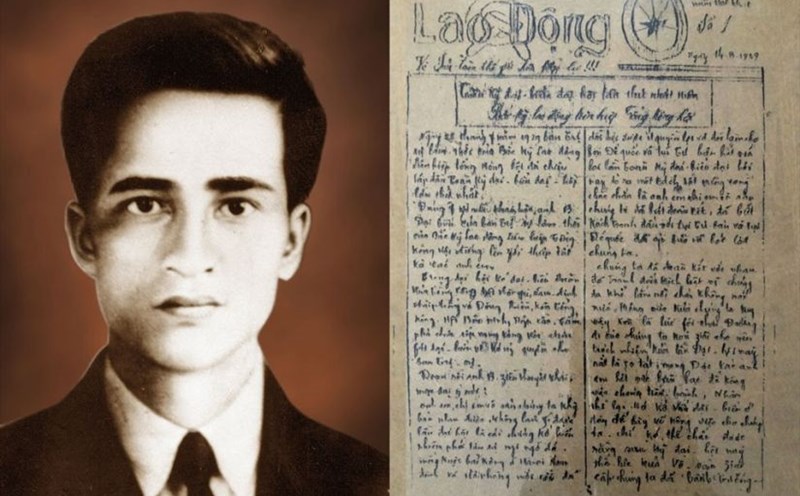Red addresses with deep imprints of independence
In the memory of the August Revolution, house 101 on Tran Hung Dao Street is always mentioned as a special historical relic. Reversing the historical trend on the morning of August 18, 1945, here, the Hanoi Startup Committee held its first meeting, making strategic decisions, paving the way for the victory of the General Uprising. Today's house is the headquarters of the Vietnam Institute of Educational Sciences, but its historical value has lasted for many years.
Not far away, the August Revolution Square in front of the Hanoi Opera House in a solemn atmosphere is covered with colorful flags and flowers. This was the starting point of the uprising in the capital on August 19, 1945. Amidst the bustling crowd, the square still has the spirit of the independent autumn season, reminding generations about the sacrifice and resilience of the previous generation.
Also on that historic day, the revolutionary masses advanced to the North to rule at 12 Ngo Quyen Street, forcing Kham sai Nguyen Xuan Chu to surrender, ending the existence of the compensatory government. This ancient French building is now the Government Guest House, both serving foreign affairs and being a vivid relic of the autumn of independence every year.
In that heroic historical flow, many red addresses have become unforgettable memories of Hanoians. From the Central Police Department on Hoan Kiem Lake (now the headquarters of Hanoi City Police, No. 2 Trang Thi) to the Military Guard Station on Hang Bai Street with the remaining ancient gate, all of which were places that were once occupied by revolutionary forces, contributing to creating an overwhelming position for the uprising, paving the way for Uncle Ho's return from the Viet Bac war zone.
In particular, the house at 48 Hang Ngang of the family of businessman Trinh Van Bo and Hoang Thi Minh Ho has entered national history. It was here that President Ho Chi Minh drafted the Declaration of Independence. And on September 2, 1945, that sacred document was published by the person at Ba Dinh Square, giving birth to the Democratic Republic of Vietnam, opening an era of independence and freedom for the Vietnamese people.
It is impossible not to mention the house of Mr. Nguyen Thi An (Phu Thuong ward, old Tay Ho), which was the place where President Ho Chi Minh first stopped when returning to the capital after the victorious day.
Mr. Cong Ngoc Dung, grandson of Mr. Nguyen Thi An, is currently taking care of the house where Uncle Ho stayed in Phu Thuong, considering preserving each artifact as an obligation: "For more than 30 years, I have considered preserving each brick and each tree branch in the house as a sacred responsibility. Every artifact, no matter how small, is a sacred part of history.
80 years have passed, Hanoi is now modern with high-rise buildings and bustling lifestyle, but the historic autumn site of 1945 still silently preserves the spirit of independence and freedom. They are not only a testament, but also a vivid lesson about patriotism and the indomitable will of the Vietnamese people.
All of this forms an endless journey of memories and pride. Those red addresses are contributing to enlighting the sense of responsibility, fostering the aspiration to build and protect the Fatherland in the new era.











